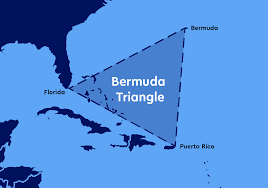The story of the RMS Titanic is one of the most haunting maritime disasters in history. Dubbed “unsinkable” before her maiden voyage, the Titanic met a tragic fate on the night of April 14, 1912, after striking an iceberg in the North Atlantic Ocean. Of the over 2,200 passengers and crew onboard, only a fraction made it out alive.
So, how many people survived the Titanic? Let’s take a closer look.
The Numbers
The Titanic carried approximately 2,224 people when it set sail from Southampton, England, bound for New York City. This number included passengers from all three classes and the ship’s crew. Out of those:
-
Around 710 people survived
-
More than 1,500 perished
That means roughly 32% of those onboard survived the disaster.
Survival by Class and Crew
One of the most striking aspects of the Titanic tragedy is how survival rates varied dramatically by class and role:
-
First-Class Passengers: About 62% survived. Many of the wealthiest passengers had better access to lifeboats and were often given priority.
-
Second-Class Passengers: Around 41% survived.
-
Third-Class Passengers: Only 25% survived. Many third-class passengers were located deep in the ship, making it harder to reach lifeboats in time.
-
Crew Members: Approximately 24% of the crew survived. Many crew stayed behind to help evacuate passengers and operate the ship as long as possible.
Why So Few Survivors?
Several factors contributed to the low survival rate:
-
Lack of Lifeboats: The Titanic only had 20 lifeboats, enough for about 1,178 people—just over half of those onboard.
-
Delayed Evacuation: Lifeboats were not filled to capacity during the early stages of evacuation. Confusion, lack of urgency, and poor communication made the situation worse.
-
Cold Water: The frigid Atlantic waters (around 28°F / -2°C) caused most of those in the water to die from hypothermia within minutes.
-
Class Divide: Social hierarchy played a role in who had access to lifeboats first, with first-class passengers prioritized in many cases.
The Legacy
The sinking of the Titanic shocked the world and led to major changes in maritime laws, including:
-
Improved lifeboat regulations
-
24-hour radio communication on ships
-
International Ice Patrol to monitor iceberg danger
The survivors of the Titanic went on to share their stories, ensuring that the lessons from that fateful night would never be forgotten.
Final Thoughts
While over 700 lives were saved, the loss of more than 1,500 people remains a sobering reminder of human error, overconfidence in technology, and the devastating consequences of inadequate safety measures. The Titanic continues to captivate our imagination, not just for its grandeur, but for the human stories—of heroism, tragedy, and survival—that emerged from its wreckage.
